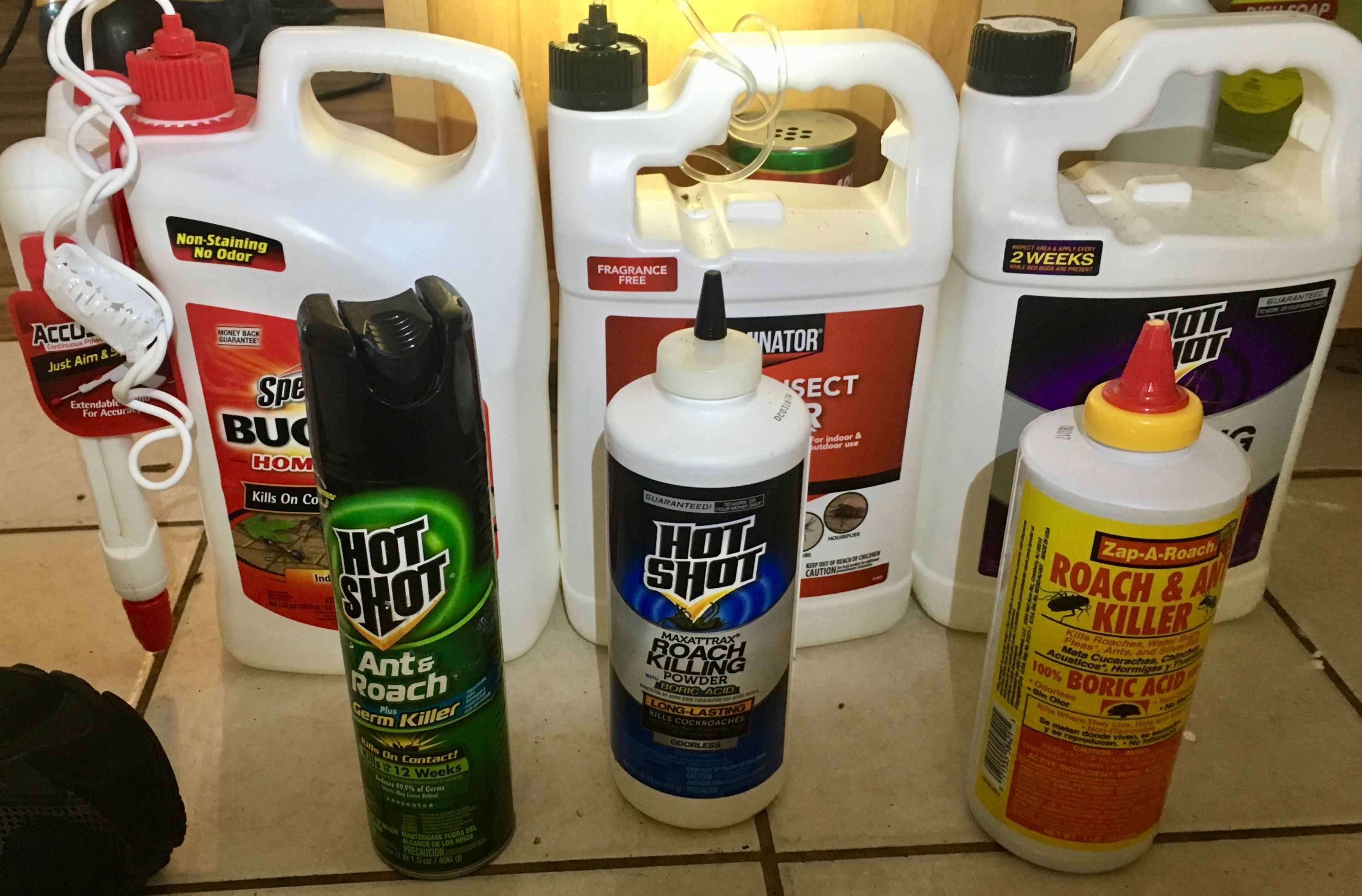Albuquerque health inspectors have ordered 10 local restaurants to close immediately this year because of cockroach infestations. Another six establishments were issued warnings, following cockroach sightings.
Mark DiMenna, Deputy Director of the Department of Health for the city of Albuquerque, said so far in 2018, his division of Urban Biology responded to 58 cases of cockroach sightings in business buildings and housing spaces. That’s a 60 percent increase over last year with only 36 cases that his division had to inspect. DiMenna attributes this year’s increase to the improvement of the city’s 311 calls.
“It’s hard to determine any trends with cockroaches,” DiMenna said, “Most of the calls we get are related to cockroaches and bedbugs.”
DiMenna said a majority of the calls they receive are serious. City inspectors follow-up on all calls, whether it’s a single roach sighting or a drastic cockroach infestation.
“It’s pretty rare to get a call where the complaint was seeing one cockroach” DiMenna said. He also said cockroaches can be a health risk for people, because they transmit bacteria.
New Species in Albuquerque
There are four main types of cockroaches in New Mexico. Three are known as peridomestic cockroaches, according to New Mexico State University’s Professor of Urban Entomology Alvaro Romero, Ph.D.
These include the American Cockroach, the Oriental Cockroach, and the recently-arrived Turkestan cockroach.
Dr. Romero worked on a study that was published last year, where a research team looked into using essential oils as an insecticide to kill Turkestan cockroaches.

According to the study, “The Turkestan cockroach, Blatta lateralis, has become the most important peridomestic species in urban areas of the Southwestern United States.”
Dr. Romero said they were brought by American soldiers from the Middle East. Now, they are one of the most common cockroaches in Albuquerque.
DiMenna said the German roach is almost always found in places that have infestations.
According to Romero, cockroaches can be social creatures. The German cockroach is not a gregarious creature, but that doesn’t stop them from congregating in large numbers.
“They aggregate,” he said. The German cockroaches all seek out the same food and water.
“Ninety-nine percent are a part of nature; the rest are pests,” Dr. Romero said. “85 percent of our genes are shared with cockroaches.”
“They like good beer, not lite beer”
Treating against cockroach infestations usually involves chemical pesticides. Experts warn against using over-the-counter chemicals and suggest less-toxic approaches to treat an infestation.
Alan Feuer, an associate certified entomologist and technical director for Preventative Pest Control in Albuquerque uses a variety of EPA-approved pesticides.
Feuer said he gets some clients that want to use non-toxic or “green” pesticides.
“I ask people, ‘well, what’s your definition of ‘green?’ If that means keeping your children and pets safe, then all of our products do that,’” Feuer said.
Cockroaches like places where there is water and moisture. “If they cannot find food or water, they’ll start to cannibalize each other,” Feuer said.
“You can get rid of an infestation if you just turn off the sewer and wrap everything,” Feuer said.
“They like good beer, not lite beer,” Richard “Bugman” Fagerlund said. Fagerlund is a pest control consultant, who exclusively uses non-toxic methods on pests such as cockroaches.
He’s been working in pest control since 1972. About 33 years ago, Fagerlund was drinking beer on his porch one day and noticed cockroaches were attracted to it. He set some of his “good beer” outside and the cockroaches started to gather around it. Fagerlund learned more about other non-pesticide methods of dealing with cockroaches.
“I’ve known people in the industry that have gotten sick from pesticides,” Fagerlund said. He encountered people that worked in pest control who were getting cancer and experiencing other medical problems.

In 1995, Fagerlund quit working for pesticide companies to work for the University of New Mexico as the pest control specialist for 11 years. He used the “least toxic products” on UNM main campus.
These products included pheromone traps and plant-based pesticides.
“They’re effective,” he said. “I use non-toxic pesticides two or three times a year. Pesticides you have to spray every month.”
After 17 years working in pest management, Feuer has seen similar trends amongst people with cockroach infestations. “They’re usually low income, and try to use over-the-counter pesticides,” Feuer said.
According to Feurer, incorrect application of insecticides only drives the cockroaches to different parts of the house. It does not get rid of the infestation.
“They live in areas that are not clean,” Feuer said. “They feed off of fecal matter. They cannibalize their young. It’s a vicious existence.”
Sol Traverso can be contacted on his Twitter at @SolTraversoinc.